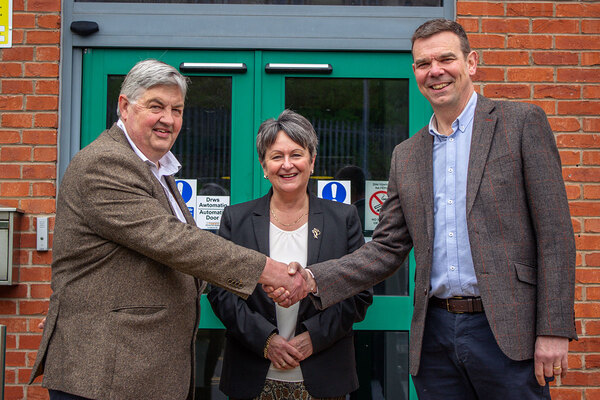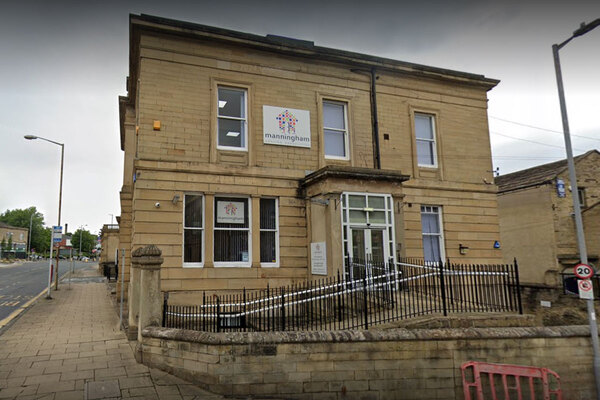Brokering the housing and health divide
A better integration of health and housing will lead to benefits for all parties concerned, says Andrew van Doorn, chief executive at HACT
Article written by

The NHS is facing unprecedented pressures and needs new partners to deliver its ambition of moving healthcare closer to home. What once seemed impossible – integrating health and housing – now has a new urgency. But bringing together the worlds of social housing and the NHS is a challenge. Housing associations have often struggled to get traction, feeling frustrated at every turn as they try to navigate health’s labyrinthine structures and impenetrable culture.
The good news is that housing is beginning to break through, and the conditions are right for more accelerated integration. New relationships are forming across the country that clearly demonstrate the value of closer collaboration. And this is happening at a time when the NHS itself is reforming, regrouping and exploring new models of care.
At HACT, through our ‘Housing and Health’ collaboration with Common Cause Consulting, we have been working at the interface between housing and health: building new understanding, creating opportunities and brokering the divide between housing associations and NHS providers. We have found that engaging with the NHS involves more than just extending what we do; it is about diversifying into a new market. The NHS is complex with more than 9,000 providers, and, like all markets, has its own behaviours, cultures, structures and rules. Investing time to understand this, develop new expertise and competences, and craft products that fit is at the core of our approach.
“The good news is that housing is beginning to break through.”
So, if the conditions for collaboration now feel right, and there are excellent examples to draw on, what can we do? The NHS is a large sector and faces many challenges. Although it is a national service, it is at the local level where action is needed. This means working with the providers of NHS services, GPs and the NHS trusts.
Our ageing population is one key area – preventing admissions, improving discharge, and supporting older people to get home and stay home. Solutions can be simple, such as minor adaptations, fitting a key safe, or addressing loneliness. Others can be more intensive such as rehabilitation or community-based dementia care. Housing’s contribution to boosting out-of-hospital care makes us ideal partners.
Mental health is another area, with nearly half of all people in hospital there because of housing. Bringing housing expertise onto the wards and supporting discharge and recovery have a huge impact. Supported housing can also help people move on with their lives, and is about a third of the cost of hospital care.
But housing’s core business is also of value. Housing associations can help with the current NHS recruitment and retention crisis, working collaboratively with trusts to unlock the value of their land, lever in new capital and provide affordable housing for staff.
And all of this can happen as we prepare ourselves for the future – building new homes, investing in communities and collaborating in new accountable care systems. Our skills, expertise and resources are needed now more than ever to transform healthcare across our communities.
But integrating housing and health still has a long way to go. We still need to understand each other and find the space to listen, learn and be creative.
Andrew van Doorn, chief executive, HACT









